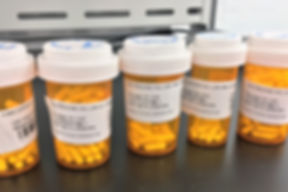
What is Low Dose Naltrexone?
Naltrexone is commonly known as an opioid antagonist. At a daily dose of 50 mg by mouth, it has been shown to be effective in treating alcohol dependence and blocking the effects of opioids.
Low dose naltrexone (LDN) is a term for using naltrexone at a smaller dose, generally 5 mg or lower. Some physicians will start at lower dosage and titrate up over several weeks to the target dose. The purpose of the slow increase is to help avoid initial side effects or determine if a lower dose is required. Common side effects include nausea and dizziness. Overall, low dose naltrexone is well tolerated in most patients.
Low Dose Naltrexone has been prescribed for many off-label uses. Examples include:
-
Controlling inflammation in autoimmune diseases.
-
Such as Crohn’s Disease, Fibromyalgia and Multiple Sclerosis.
-
-
Weight loss
-
Chronic fatigue syndrome
-
Chronic pain conditions
*This list is not all inclusive
Low dose naltrexone capsules are not commercially available and are made by a compounding pharmacy. At our compounding pharmacy, we use the pure active pharmaceutical ingredient (API) with the appropriate filler in clear capsule without dyes or extra additives.
Talk to your doctor to see if LDN is for you.




